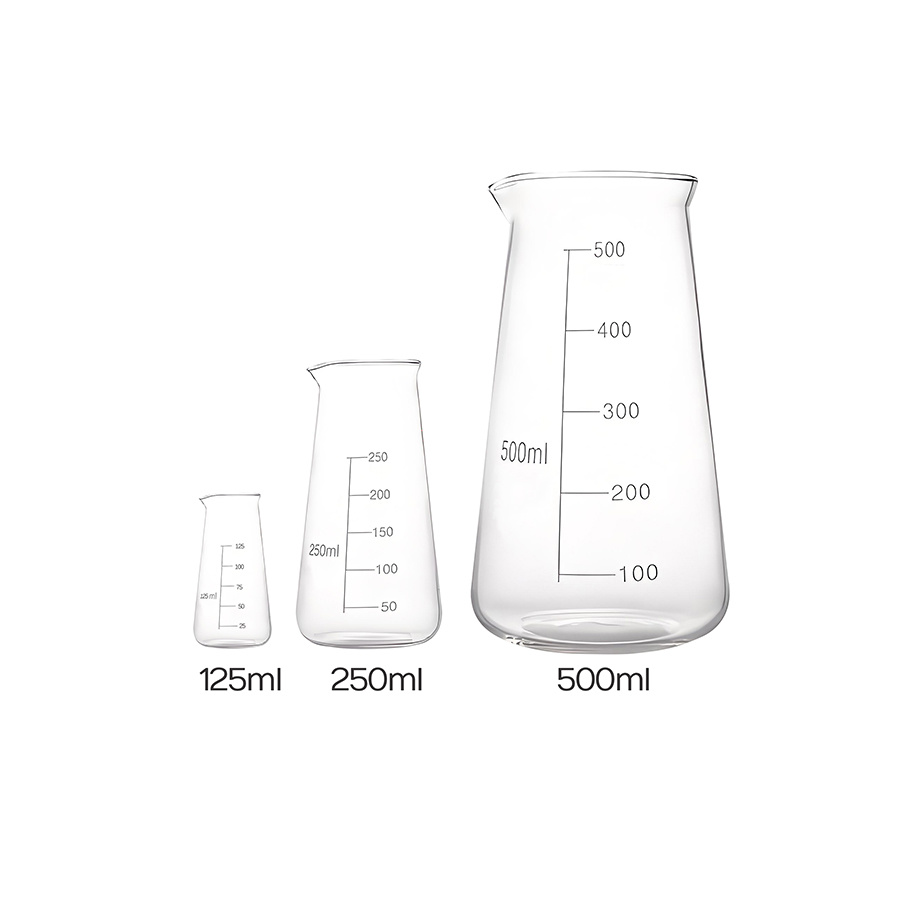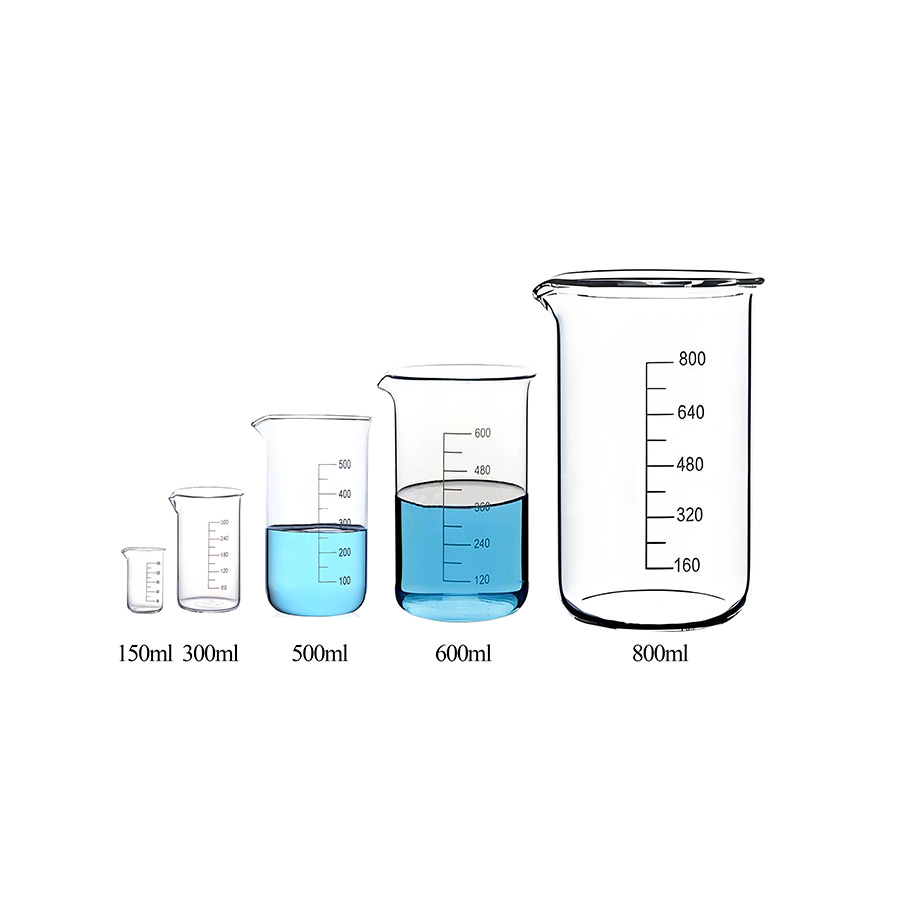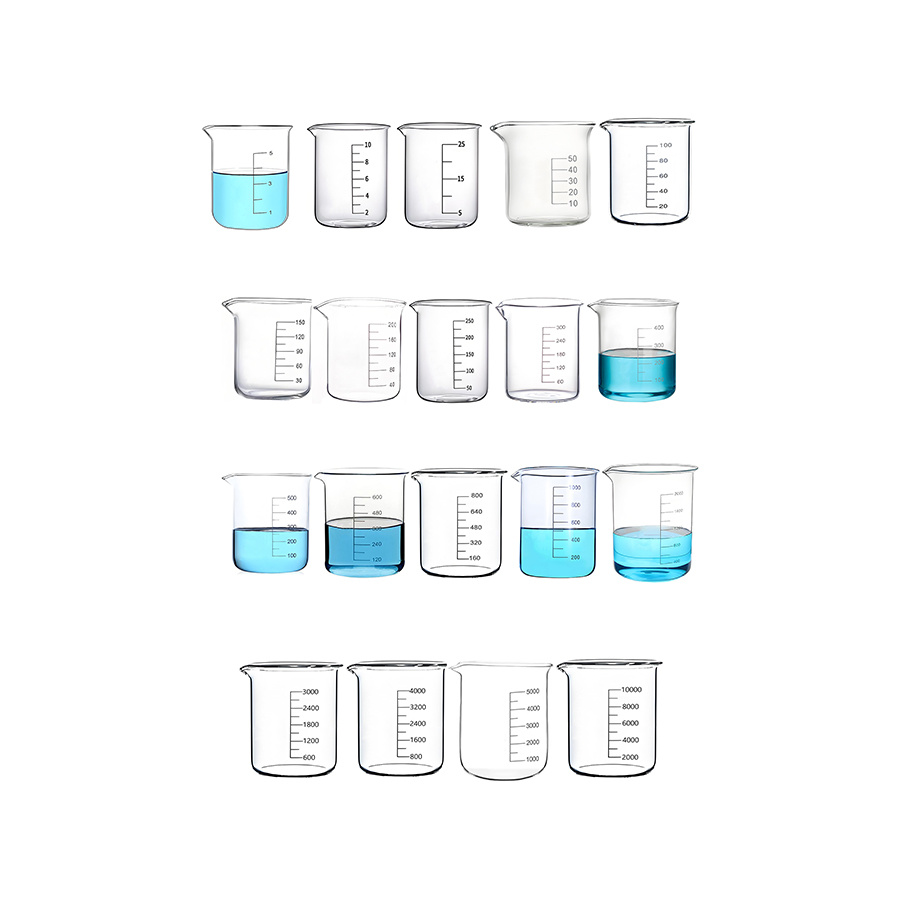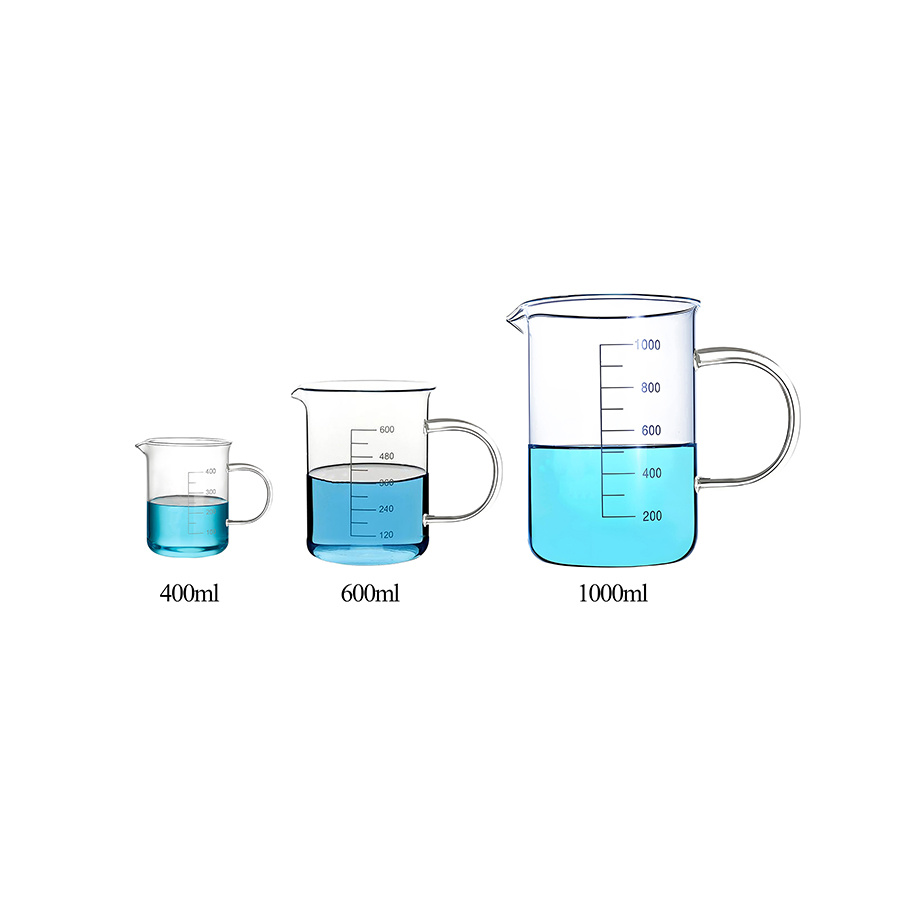Quality Assured
Just Buy It
- Comparison
- 在线预约
- 预约申请
- 样品申请
- 在线询价
Glass Rod
Glass Rod
GR-H

Brand:
RUISCI
-
Click to select
- GR-H-04,4mm,150mm,10Pcs
- GR-H-04A,4mm,200mm,10Pcs
- GR-H-04B,4mm,250mm,10Pcs
- GR-H-04C,4mm,300mm,10Pcs
- GR-H-05,5mm,150mm,10Pcs
- GR-H-05A,5mm,200mm,10Pcs
- GR-H-05B,5mm,250mm,10Pcs
- GR-H-05C,5mm,300mm,10Pcs
- GR-H-06,6mm,150mm,10Pcs
- GR-H-06A,6mm,200mm,10Pcs
- GR-H-06B,6mm,250mm,10Pcs
- GR-H-06C,6mm,300mm,10Pcs
- GR-H-07,7mm,150mm,10Pcs
- GR-H-07A,7mm,200mm,10Pcs
- GR-H-07B,7mm,300mm,10Pcs
- GR-H-07C,7mm,350mm,10Pcs
- GR-H-08,8mm,150mm,10Pcs
- GR-H-08A,8mm,200mm,10Pcs
- GR-H-08B,8mm,300mm,10Pcs
- GR-H-08C,8mm,350mm,10Pcs
- GR-H-08D,8mm,400mm,10Pcs
- GR-H-08E,8mm,500mm,10Pcs
- GR-H-10,10mm,200mm,10Pcs
- GR-H-10A,10mm,300mm,10Pcs
- GR-H-10B,10mm,400mm,10Pcs
- GR-H-10C,10mm,500mm,10Pcs
- GR-H-12,12mm,200mm,10Pcs
- GR-H-12A,12mm,300mm,10Pcs
- GR-H-12B,12mm,400mm,10Pcs
- GR-H-12C,12mm,500mm,10Pcs
- GR-H-15,15mm,200mm,10Pcs
- GR-H-15A,15mm,300mm,10Pcs
- GR-H-15B,15mm,400mm,10Pcs
- GR-H-15C,15mm,500mm,10Pcs
Inventory
9112
隐藏域元素占位
Overview
Glass rods are used in chemical experiments and are made of high borosilicate glass. They are long and thin in shape and are used to accelerate dissolution, promote mutual solubility, guide the flow of liquids, dip into liquids, and stir in evaporating dishes to prevent splashing due to uneven heating. They are common laboratory supplies.
Features
1. Low coefficient of thermal expansion: It is not prone to thermal expansion and contraction when the temperature changes, and has strong thermal shock resistance, making it suitable for high-temperature experiments.
2. High temperature resistance: The softening temperature is approximately 820℃, and it can withstand temperatures up to 500℃, making it suitable for high-temperature heating, melting and other operations.
3. Chemical stability: It can resist the corrosion of most acids, alkalis, salts and other chemical substances, and will not react with experimental reagents, ensuring the accuracy of experimental results.
4. Smooth surface: After fine polishing treatment, it reduces the frictional resistance with liquids, facilitating liquid flow and mixing, and is easy to clean.
5. Good mechanical strength: It has high hardness and scratch resistance, can withstand certain mechanical stress, is not easy to break or damage, and has a long service life.
Technical data

Working environment conditions:
1. High temperature resistance: High borosilicate glass rods can withstand high temperatures. The recommended working temperature is below 500°C (only for short periods), and for long-term use, it is suggested not to exceed 300°C to avoid performance degradation or damage due to prolonged high temperatures.
2. Low temperature resistance: They maintain good performance in low-temperature environments and can withstand conditions as low as -190°C, making them suitable for use with substances like liquid nitrogen.
3. Temperature changes: They have a very low coefficient of thermal expansion (approximately 3.3×10^-6/°C), thus being less sensitive to temperature changes and capable of withstanding rapid temperature fluctuations without cracking. However, sudden temperature changes should still be avoided during use to prevent cracking due to thermal stress.
4. Chemical resistance: High borosilicate glass rods have excellent chemical stability and can resist the corrosion of most acids, bases, and salts. They do not react with chemical reagents used in experiments and are suitable for various chemical experiments.
5. Mechanical strength: They have good mechanical strength and can withstand certain mechanical stresses without breaking easily. However, during use, they should be protected from strong impacts and collisions to prevent cracking.
6. Transparency: High borosilicate glass rods have high transparency and high light transmittance, facilitating the observation of reaction changes during experiments. During use, they should be protected from strong light or prolonged exposure to ultraviolet rays to prevent surface aging or performance degradation.
Precautions:
1. Temperature control: Avoid prolonged use at high temperatures and sudden temperature changes to reduce thermal stress on the glass rods.
2. Chemical protection: Avoid contact with strong corrosive substances, and thoroughly clean after use to prevent residue or corrosion from chemical reagents.
3. Mechanical protection: Handle with care to avoid dropping or colliding; apply force evenly to prevent concentrated stress leading to cracking; regularly inspect the condition of the glass rods and replace them if damaged.
4. Operating procedures: Hold the glass rods correctly to avoid excessive bending or twisting, which could cause deformation or cracking; keep away from sharp objects during operation to prevent accidental punctures.
5. Storage environment: Store in a dry and clean environment to prevent moisture, dust, and chemical erosion; place them properly on dedicated storage racks or containers to prevent scratches or damage.
keyword:
Glass Rod
- 产品描述
- 概要参数
- 技术参数
-
- Brand: RUISCI
- Commodity name: Glass Rod
- Subtitle: Glass Rod
- Model: GR-H
- 全部型号: GR-H-04,GR-H-04A,GR-H-04B,GR-H-04C,GR-H-05,GR-H-05A,GR-H-05B,GR-H-05C,GR-H-06,GR-H-06A,GR-H-06B,GR-H-06C,GR-H-07,GR-H-07A,GR-H-07B,GR-H-07C,GR-H-08,GR-H-08A,GR-H-08B,GR-H-08C,GR-H-08D,GR-H-08E,GR-H-10,GR-H-10A,GR-H-10B,GR-H-10C,GR-H-12,GR-H-12A,GR-H-12B,GR-H-12C,GR-H-15,GR-H-15A,GR-H-15B,GR-H-15C,Glass Rod
Glass rods are used in chemical experiments and are made of high borosilicate glass.
Glass rods are used in chemical experiments and are made of high borosilicate glass. They are long and thin in shape and are used to accelerate dissolution, promote mutual solubility, guide the flow of liquids, dip into liquids, and stir in evaporating dishes to prevent splashing due to uneven heating. They are common laboratory supplies.
-
1. Low coefficient of thermal expansion: It is not prone to thermal expansion and contraction when the temperature changes, and has strong thermal shock resistance, making it suitable for high-temperature experiments.
2. High temperature resistance: The softening temperature is approximately 820℃, and it can withstand temperatures up to 500℃, making it suitable for high-temperature heating, melting and other operations.
3. Chemical stability: It can resist the corrosion of most acids, alkalis, salts and other chemical substances, and will not react with experimental reagents, ensuring the accuracy of experimental results.
4. Smooth surface: After fine polishing treatment, it reduces the frictional resistance with liquids, facilitating liquid flow and mixing, and is easy to clean.
5. Good mechanical strength: It has high hardness and scratch resistance, can withstand certain mechanical stress, is not easy to break or damage, and has a long service life. -

Working environment conditions:
1. High temperature resistance: High borosilicate glass rods can withstand high temperatures. The recommended working temperature is below 500°C (only for short periods), and for long-term use, it is suggested not to exceed 300°C to avoid performance degradation or damage due to prolonged high temperatures.
2. Low temperature resistance: They maintain good performance in low-temperature environments and can withstand conditions as low as -190°C, making them suitable for use with substances like liquid nitrogen.
3. Temperature changes: They have a very low coefficient of thermal expansion (approximately 3.3×10^-6/°C), thus being less sensitive to temperature changes and capable of withstanding rapid temperature fluctuations without cracking. However, sudden temperature changes should still be avoided during use to prevent cracking due to thermal stress.
4. Chemical resistance: High borosilicate glass rods have excellent chemical stability and can resist the corrosion of most acids, bases, and salts. They do not react with chemical reagents used in experiments and are suitable for various chemical experiments.
5. Mechanical strength: They have good mechanical strength and can withstand certain mechanical stresses without breaking easily. However, during use, they should be protected from strong impacts and collisions to prevent cracking.
6. Transparency: High borosilicate glass rods have high transparency and high light transmittance, facilitating the observation of reaction changes during experiments. During use, they should be protected from strong light or prolonged exposure to ultraviolet rays to prevent surface aging or performance degradation.Precautions:
1. Temperature control: Avoid prolonged use at high temperatures and sudden temperature changes to reduce thermal stress on the glass rods.
2. Chemical protection: Avoid contact with strong corrosive substances, and thoroughly clean after use to prevent residue or corrosion from chemical reagents.
3. Mechanical protection: Handle with care to avoid dropping or colliding; apply force evenly to prevent concentrated stress leading to cracking; regularly inspect the condition of the glass rods and replace them if damaged.
4. Operating procedures: Hold the glass rods correctly to avoid excessive bending or twisting, which could cause deformation or cracking; keep away from sharp objects during operation to prevent accidental punctures.
5. Storage environment: Store in a dry and clean environment to prevent moisture, dust, and chemical erosion; place them properly on dedicated storage racks or containers to prevent scratches or damage.
Q and A
Q
Distribution Modes:
A
Default Distribution Mode: EXW China Factory: After your payment is received, our customer service will contact you to confirm the pickup time and location once the goods are ready at the RUISCI China factory.
*Other options:
1.Carriage Paid To (CPT)
DO NOT PAY until you have contacted customer service to add shipping costs, as the default price is EXW China factory.
2.Delivered Duty Paid(DDP)
DO NOT PAY until you have ·contacted customer service to add Freight, insurance, taxes, customs clearance fees, and other miscellaneous expenses, as the default price is EXW China factory. Typically applies exclusively to small air cargo packages.
3. FOB China main port
DO NOT PAY until you have contacted customer service to add the inland charges and export declaration charges, as the default price is EXW China factory.
*** If you still need to consult other distribution modes or trade terms, please contact our customer service directly
Q
Payment methods:
A
1. On-line payment: Paypal
2. Off-line payment: Telegraphic Transfer (TT)
*All charges, except those incurred within our bank, are to be borne by the remitter. Insufficient payment will delay your shipment.
Download
There is currently no content to display
Related products
Online consultation








